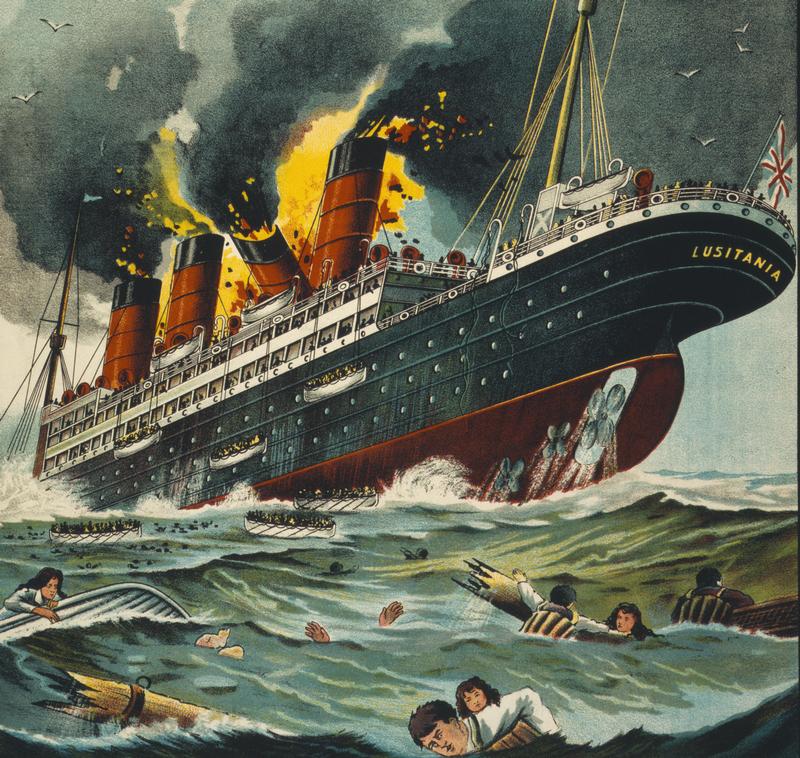
“The story of the Battle of Jutland is a dramatic one which few know about. However, it was the battle that won the war.”
PORTSMOUTH’S National Museum of the Royal Navy announced plans this week to commemorate the 100th anniversary of the First World War’s greatest sea battle.
Beginning in May of 2016, visitors to England’s famous naval port city, will be able to take in an ambitious exhibit entitled 36 hours: Jutland 1916, The Battle That Won the War.
The Portsmouth Historic Dockyard, which is home to the original HMS Victory and HMS Warrior, describes the WW1 retrospective as a “once-in-a-lifetime opportunity to bring together material from across the U.K. and Germany.”
“The Battle of Jutland is the Royal Navy’s defining moment in the Great War, and perhaps the largest sea battle in history,” said Nick Hewitt, head of NMRN’s Heritage Development. “It’s the only event in the national First World War centenary that is wholly naval in character. We’ve pulled out all the stops to put together a comprehensive and exciting program of activity to mark it.”

According to museum sources, the history of the massive yet indecisive battle, which was fought between May 31 and June 1, 1916 off the coast of Denmark, will come to life in realtime using cutting-edge design.
“The story of the Battle of Jutland is a dramatic one which few know about,” said John Rawlinson director of visitor experience at the NMRN. “However, it was the battle that won the war. While debate rages as to who was the decisive victor, one thing is sure, it changed the course of the First World War and ultimately led to the British defeating the Germans.”
In addition to the exhibit at Portsmouth, Jutland 100 will also be marked on the other side of the United Kingdom. Belfast, Northern Ireland’s restored World War One cruiser, HMS Caroline, the only surviving ship that fought in the battle, will be re-opened to the public in May as well.

The 3,750-ton warship, which was affectionately known as “the Greyhound of the Sea”, first entered service with the British Grand Fleet in 1914 after a record-breaking eight-month crash construction. Later during the Second World War, the Caroline operated as a floating headquarters in Belfast harbour. Following the conflict, she was converted into a navy reserve training vessel. In 2009, the aging hulk was pulled up on shore and re-designated HMS Hibernia. At the time of her final decommissioning in 2011, the vessel was the oldest serving ship in the Royal Navy after the two-and-a-half-century-old HMS Victory. Since then, the NMRN has overseen a multi-million-dollar restoration campaign for the Caroline.
For more information about the Jutland centenary, visit www.nmrn.org.uk.









